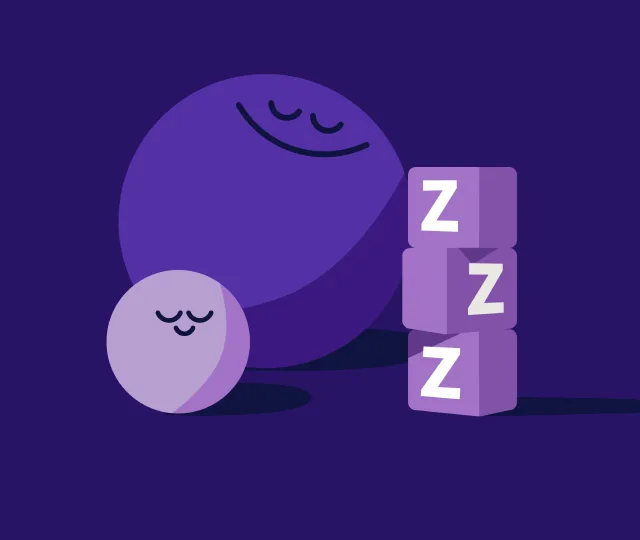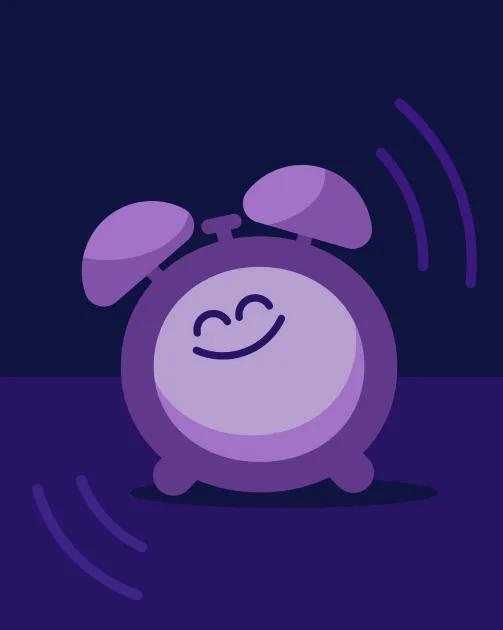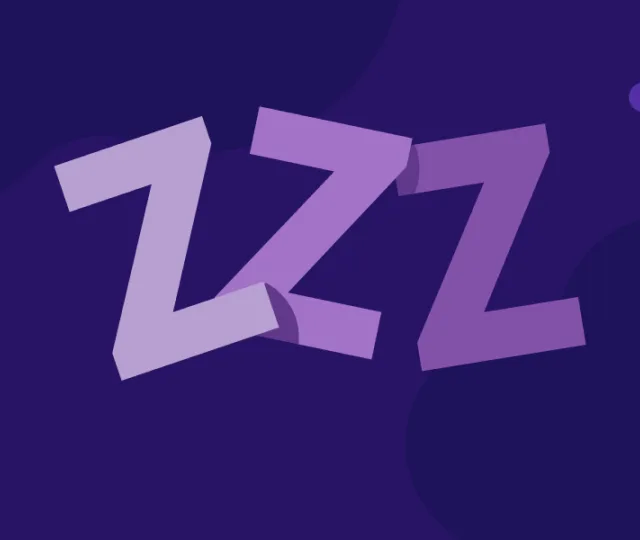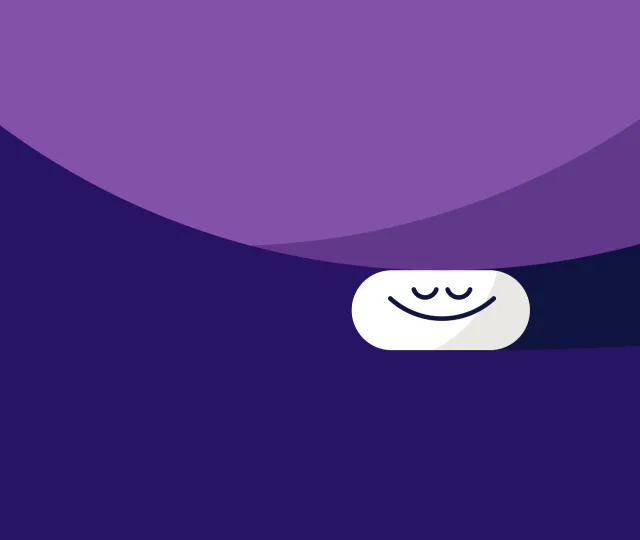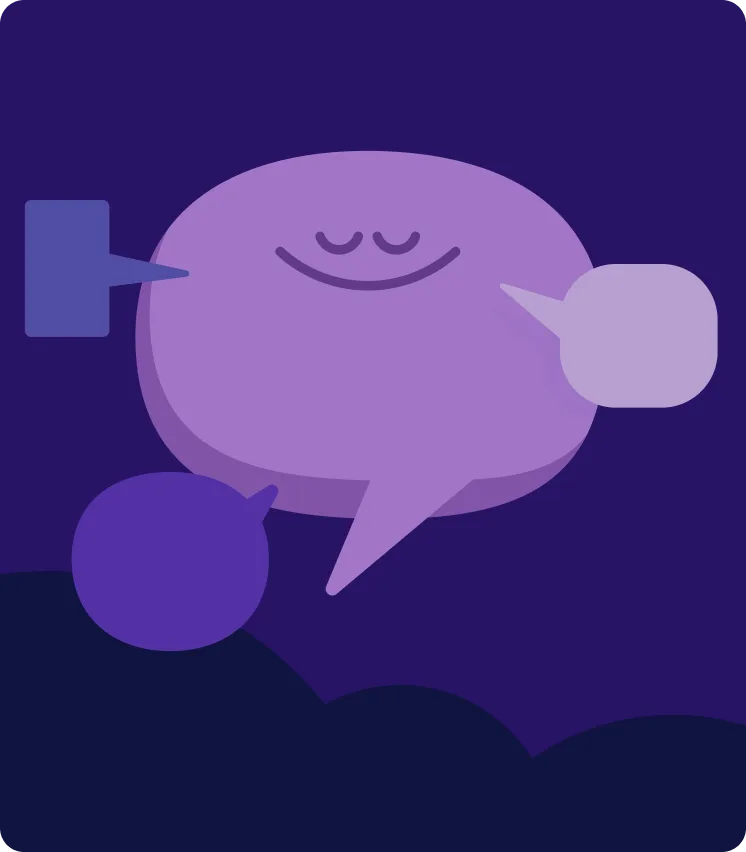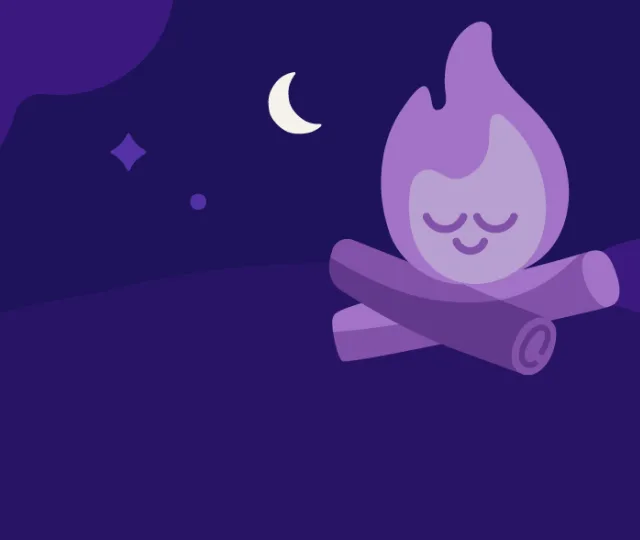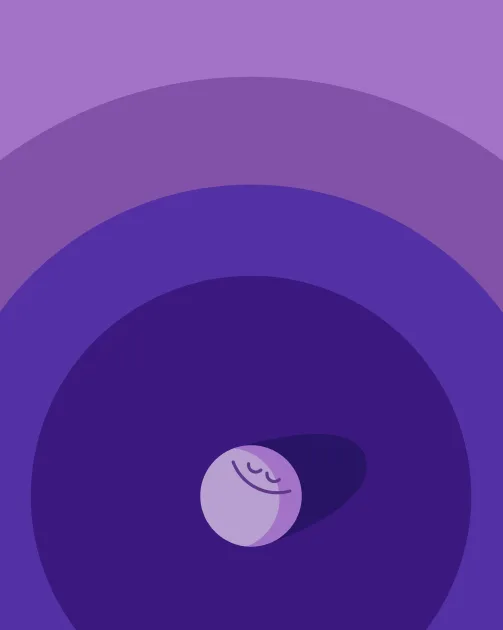Powering napping 101
By Your Headspace Mindfulness & Meditation Experts
Feb 16, 2021
What is a power nap? How long should a power nap be? What’s the ideal power nap time? Do you need to climb into a fancy nap pod to get the benefits of power naps? We’re here to answer those questions in this guide to power napping. We’ll talk about what power napping is, why it works, and how best to incorporate it into your life and routine.
Ready to get better sleep?
Start your free trial
Your power nap soundtrack
Ease the mind into a short, restful sleep with these deep, ambient sounds.
What is power napping?
A power nap is a short period of sleep. It’s meant to supplement normal sleep and give sleepers a burst of alertness and energy.
You know how preschoolers lay down in the middle of the afternoon to give their minds and bodies a chance to recharge? The same approach works for adults, too, and research shows we need it: 1 in 3 adults don’t get enough sleep.
How can power napping help?
We should all get 7-9 hours of sleep a night, say experts. But that’s sometimes difficult. Life gets in the way. We get hooked on a new show and don’t realize our bedtime passed three episodes ago. Work keeps us up late. Our children need us during the night. Anxiety wakes us up and makes it hard to fall back asleep.
When we get less sleep than we need, we build up a sleep deficit. Operating on less sleep impairs almost all aspects of body function. It worsens our reaction time, information processing, judgment, patience, and vision. Extended fatigue can also lead to stress, burnout, and moodiness.
Daytime naps can help us recover from sleep deprivation. They can reset our systems, replenish our energy levels, and improve our performance. A rested mind and body allow us to better engage in the activities that bring us meaning and with the people who bring us joy. Getting enough sleep, whether at night or during the day, helps us be more present in our lives.
Power napping works best if you already have a good sleep routine. If your body doesn’t fall asleep easily, you may want to work on improving that first. If not, taking naps during the day can make it even harder to fall asleep at night. Sleep meditation, including Sleep by Headspace, can help you train your mind to rest. Once you’re sleeping well at night, try power napping.
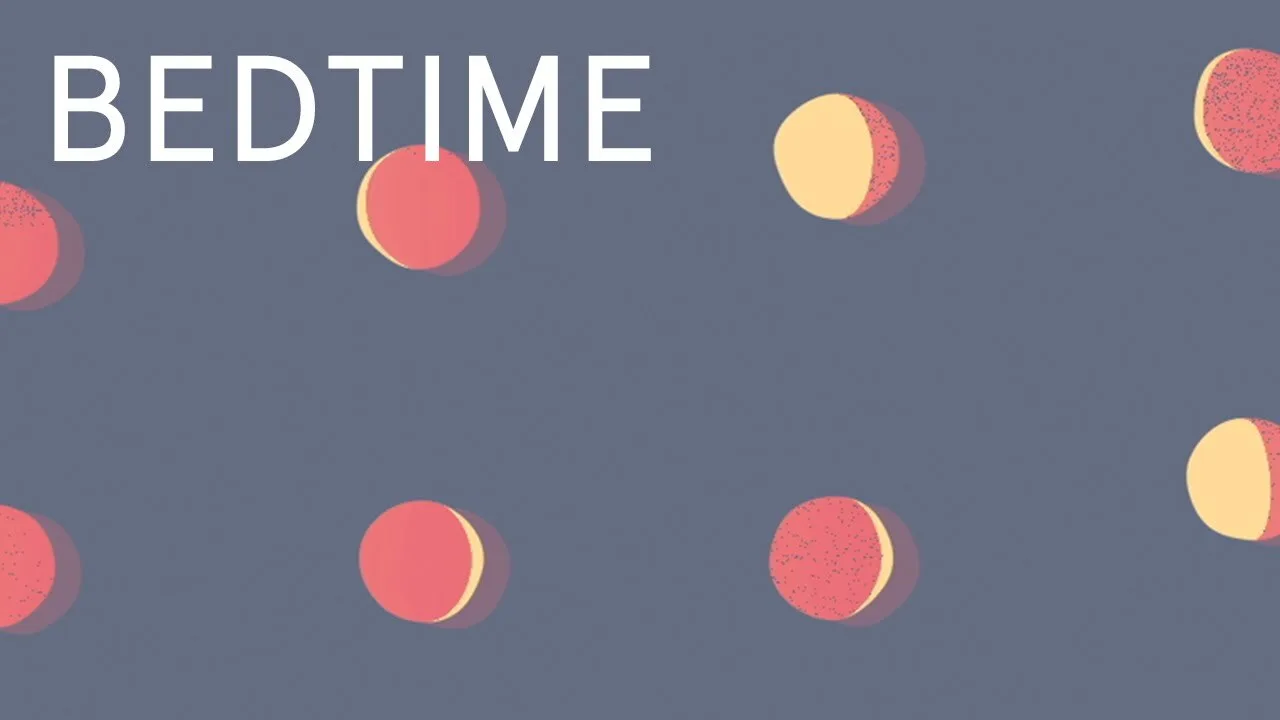
Watch Mini-Meditation: Get a Good Night’s Rest
1 min
What are the benefits of power naps?
Quick answer: Return to the day more focused, present, and productive
Reaching for an espresso or a chocolate bar isn’t the only way to combat a mid-afternoon slump. Napping can actually be healthier than compensating for tiredness with coffee, according to the Behavioural Brain Research journal, since caffeine can decrease memory performance. You might get a burst of energy from a latte, but at the cost of lower-quality work.
Power naps, on the other hand, can help replenish energy while improving memory recall. They can also lead to more alertness and better mood.
Power napping and meditation both benefit the mind as well as the body. The benefits of taking a nap include reduced stress, lowered risk of heart attacks, and better concentration.
Healthy sleep is more about quality of rest than quantity of hours. A power nap, while short, can let our minds recharge and heal.
How long should a power nap be?
Quick answer: 10-30 minutes
Sleep comes in stages. A full sleep cycle includes light sleep, deep sleep (also known as slow-wave sleep) and rapid eye movement (or REM) sleep.
Different people have different sleep cycle durations, but an average sleep cycle usually passes from light sleep to deep sleep at about 30-60 minutes, and from deep sleep to REM sleep at about 90 minutes.
A power nap of 10 to 30 minutes lets sleepers enjoy the benefits of the light sleep stage without running the risk of waking up in the middle of deep sleep or REM sleep, which can leave sleepers feeling groggy, crabby, or disoriented.
As with a 10-minute meditation, even just a 10-minute power nap can bring greater clarity and focus to your day.
What’s the best power nap time?
Quick answer: Around 1-3 pm
Like with meditation, it’s important to find time to power nap.
Depending on your schedule, the best time for a power nap may change. Aim for the middle of your work day, a few hours after you’ve eaten. If you work a normal shift, that might be around 1 to 3 p.m. You want to find the sweet spot between when your blood sugar levels start to drop after processing food and before you get too crabby to attempt a nap.

Try a 3-minute meditation
Set up for a power nap and calm your mind
Setting up for a power nap
Many employers have recognized the benefits of power naps on work performance. Several companies offer opportunities to nap at work, including in dedicated spaces with sleek nap pods.
You don’t need fancy equipment to have a good power nap, though. Preschoolers get by with a dark room and a yoga mat, after all. With that in mind, consider these aspects of your napping set-up to get the most out of a power nap:
Location.
If you don’t have a dedicated napping space available, find somewhere you won’t be disturbed and that has low noise levels. Is there an office or conference room you can use? A parked car can be a good option. If you work from home, try retreating into your bedroom.
Timing.
Set an alarm for 20 minutes and make sure you don’t have anything to do right after it goes off. While you should wake up refreshed, not groggy, it’s best to give yourself a few minutes to transition back into work.
Distractions.
Power down your computer and put your phone on silent. If you can’t get away from noise, try noise-canceling headphones, earplugs, or sleep music. You’ll get the best rest in a dark environment, so pull down the shades or try an eye mask.
Comfort.
You’ll have an easier time falling asleep if you can lie down or at least recline. Our body temperature naturally drops in sleep, so pull a blanket or jacket over yourself so you stay warm as you nap.
To prepare the mind to get the most out of a power nap, we should approach it the same way we do sleep at night:
-
Start with a relaxed, gentle focus
-
Take a few deep breaths and close your eyes
-
Let your mind slow and your body power down
If you use a guided meditation to help ease yourself into sleep, follow the instructions. If sleep music’s soothing baseline of sound allows you to relax and fall asleep, press play. And if you prefer to let your mind do its own thing, go for it.
As your thoughts fade and you drift off, let your mind and body rest.
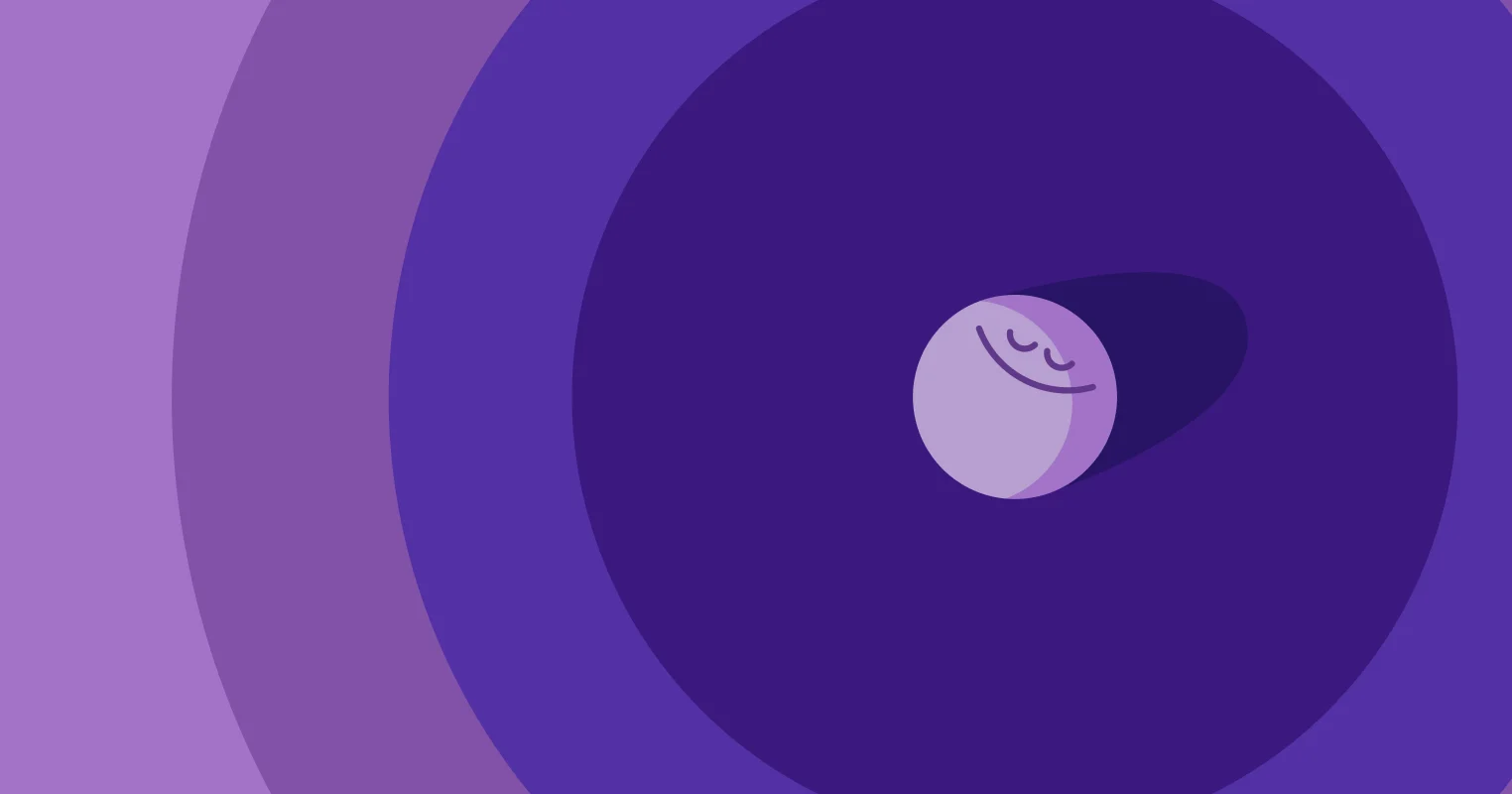
Other aspects of power napping
Consistency.
As strange as it sounds, napping is a skill — one that many of us have forgotten. It takes patience and perseverance to learn to power nap. Don’t get discouraged if you can’t fall asleep immediately or if your alarm goes off and you don’t feel like a new person. Like meditation, napping is something you get better at with practice. Try again tomorrow.
Managing expectations.
Science tells us power napping has certain benefits, but how you experience them will be unique to your mind and body. Let yourself nap with an open mind as to how you’ll feel afterwards.
Find the right environment.
Maybe your bed is too comfortable. Maybe your office chair isn’t comfortable enough. Modify your routine as needed: switch up the location, position, or time of day of your next power nap and try for different results.
Whether you’re looking for the right sleep music to start off your power nap or a meditation practice to try before bedtime, the Headspace app offers subscribers a suite of sleep-related support. Try a guided meditation or a sleepcast to help your mind wind down and your body rest. If you’re not yet a subscriber, try a week of Headspace for free, and pave the way for a good night’s rest (or just a really satisfying power nap).


Sleep made simple
- Find your perfect bedtime routine with hours of relaxing music, sounds, and stories to choose from
- Get more restful sleep with our Sleep Health course: exercises developed with leading sleep scientists
- Feel your best from morning to bedtime with access to hundreds of stress-relieving meditations
Annual - billed at $69.99 USD/yr
14 days free
$5.83 USD/month
Monthly
7 days free
$12.99 USD/month


Stay in the loop
Be the first to get updates on our latest content, special offers, and new features.
By signing up, you’re agreeing to receive marketing emails from Headspace. You can unsubscribe at any time. For more details, check out our Privacy Policy.
- © 2025 Headspace Inc.
- Terms & conditions
- Privacy policy
- Consumer Health Data
- Your privacy choices
- CA Privacy Notice
